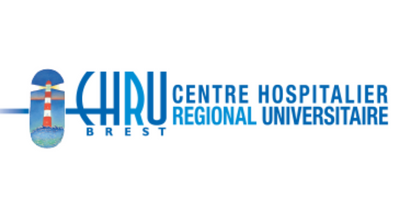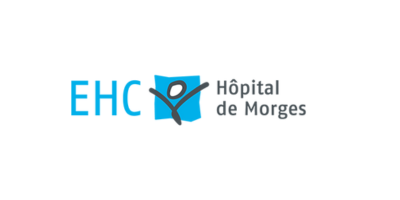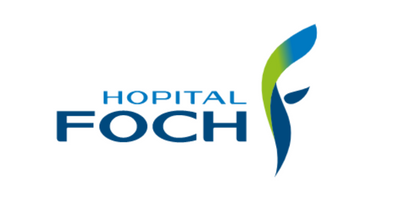
The Fontvert Clinic’s request – ELSAN
The clinic is recognized in the region as a reference establishment thanks to the competence of its teams and its modernity in terms of state-of-the-art services. In addition to its care activities, the clinic is also involved in research and teaching. It collaborates with scientific and academic partners to develop new technologies and innovative medical practices. Each year, 15,000 surgical procedures are performed and 20,000 patients are treated. In order to improve patient care, the clinic called on Sweepin to set up an ambulatory patient monitoring system.
The monitoring solution implemented by Sweepin
Sweepin’s solution 3, patient monitoring in the outpatient department, has been implemented in the clinic, which can thus monitor its patients throughout their care. This solution also makes it possible to inform those accompanying the patient at each stage of the process.
This follow-up is carried out thanks to an information system by SMS. The patient, who no longer has his cell phone during his hospitalization, is equipped with a bracelet beacon. This bracelet is connected to anchors, located throughout the clinic, which allow the updating of information on the patient’s location in real time. This way, caregivers and hospital staff are quickly informed of the steps in the patient’s journey.
This technology also allows caregivers to be alerted if a patient at risk is located outside the confines of a department (psychiatry, maternity, geriatrics, etc.).
The benefits of patient monitoring
Thanks to this monitoring, patients’ companions can be informed when they enter the operating room, when they leave and when it is possible to pick up the patient. They receive an SMS at each stage to keep them informed.
The ambulatory patient monitoring solution implemented by Sweepin is an example of the Fontvert – ELSAN Clinic’s commitment to innovation and continuous improvement of the quality of care. This solution enhances patient safety by guaranteeing personalized monitoring throughout their care pathway, and alerting caregivers in the event of a risky situation.



